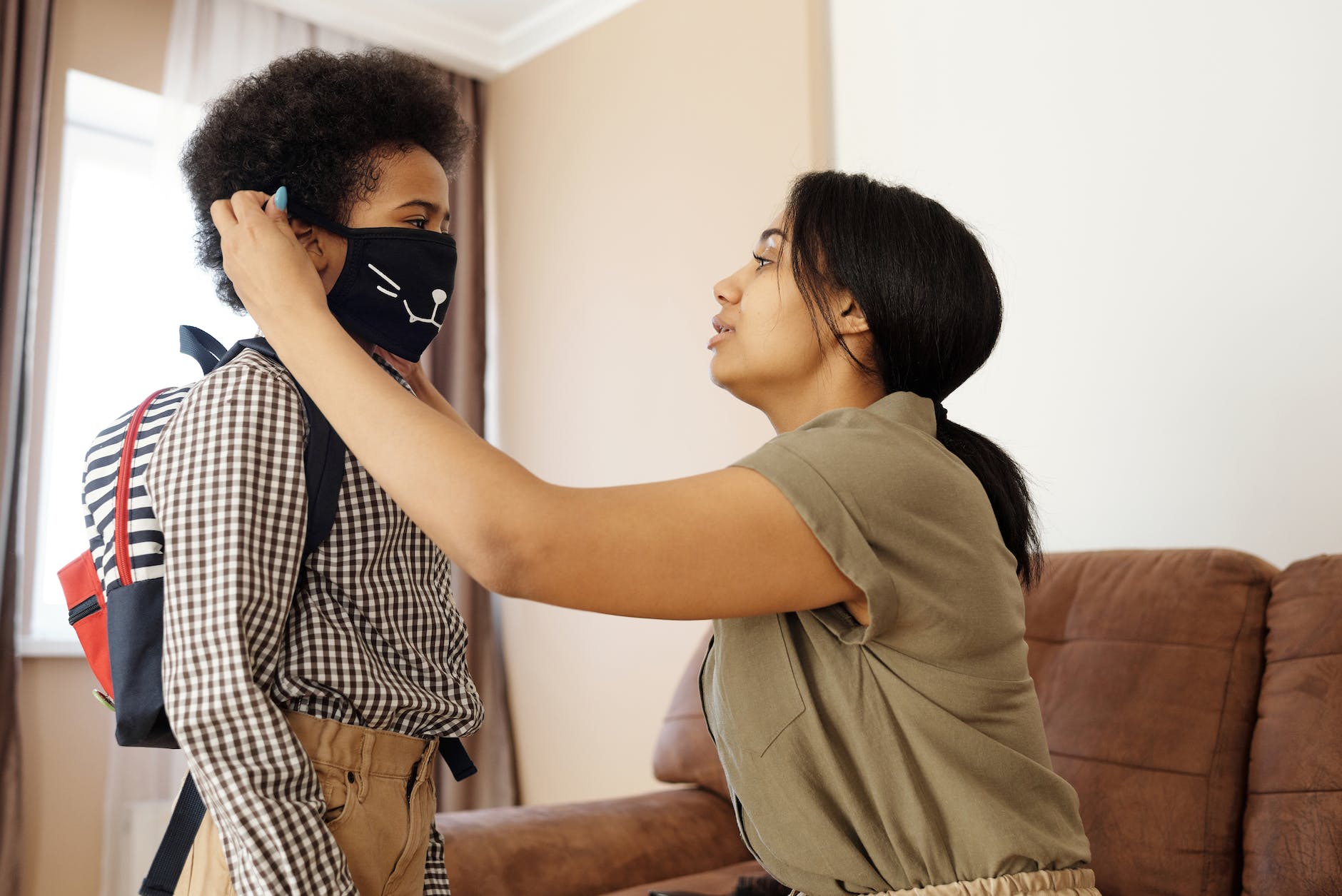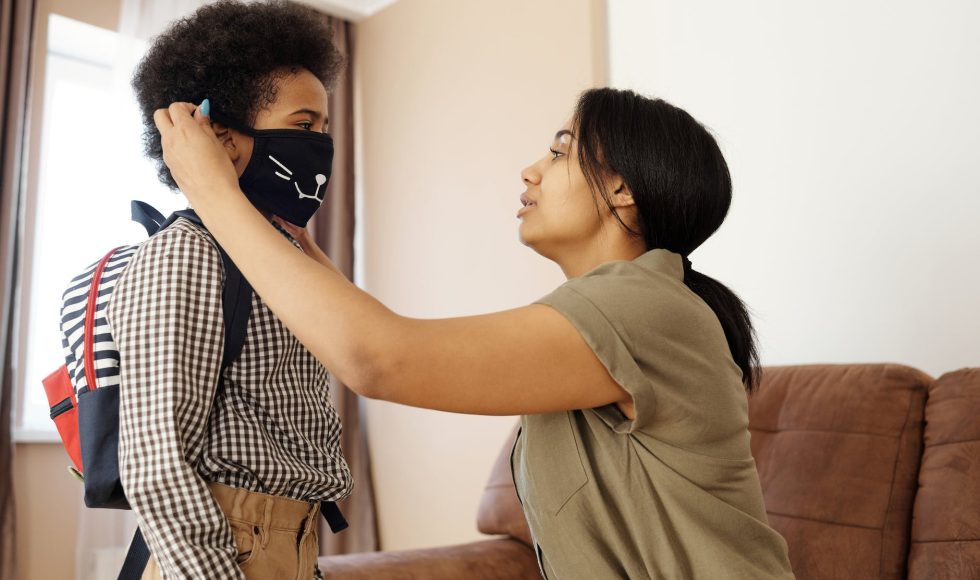Tonight I watched the CAST UDL Symposium session by Alicia Cannon & Lisa Beth Carey entitled “Learner Variability: Lessons from Students with Chronic and Complex Illnesses.” Carey has an Ed.D. and is the Assistant Director of the Center for Innovation and Leadership in Special Education at the Kennedy Krieger Institute and Cannon is a Pediatric Neuropsychologist also at Krieger. The goal of their session was to “invoke deeper thinking regarding the meaning of learner variability.” Cannon started with examples of chronic and complex health conditions such as cancer, sickle cell disease, epilepsy, spina bifida, diabetes, and long COVID. I was surprised to see long COVID on the list. Cannon shared statistics of sickle cell disease in African-American and Hispanic American births. Spina bifida statistics were also shared. Children, noted Cannon, represent 19% of COVID diagnoses. The symptoms of long COVID include deficits in concentration. We have been talking about this lately and worried about what we will learn about long COVID in the coming years. Cannon explained that common traits of students with chronic and complex medical conditions often include cognitive impact, fatigue, physical impact, frequent absences, emotional strain, difficulty with peer relationships, and life-long impacts. Losing friends because of prolonged absences was mentioned… I had not considered this! Cannon shared quotes from pediatric patients. Some key words were “unpredictable” and “tiredness.” Carey spoke about reasons for frequent absences are suffering symptoms/flare-ups, medical visits, immunosuppression, and intense fatigue. Carey interviewed Cannon about learner variability and the myth of average. Carey said: “we all have these jagged profiles” and this reminded me of a previous talk from the developers of the jagged profiles tool. Cannon spoke about parameters that are measured and the variability that exists. They emphasized that it is important that the student identify their strengths and weaknesses. Providing information to students about their strengths can be reassuring. Carey explained that there are various types of learner variability:
- differences between learners
- differences in individual learner from day-to-day
- differences in individual learner throughout the day
Carey highlighted that learner variability exists over time too. Communication needs to happen and include the medical team, the school team, and the learner & support system. Carey said that as educators we have to consider that often symptoms described by learners are taken as laziness… This made me think about how we are going to be able to disentangle the long-term effects of COVID and other diseases. I think that access and flexibility will be part of my approach.



